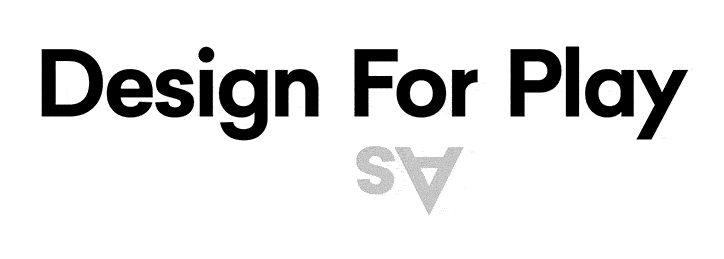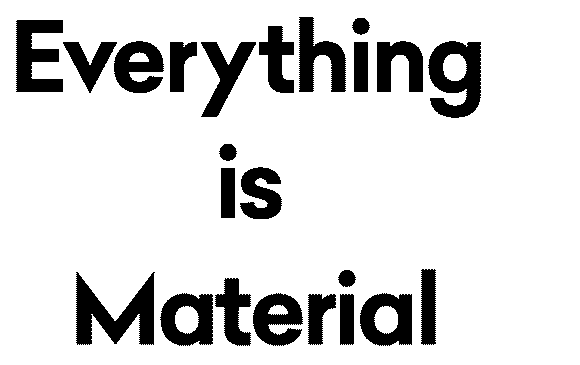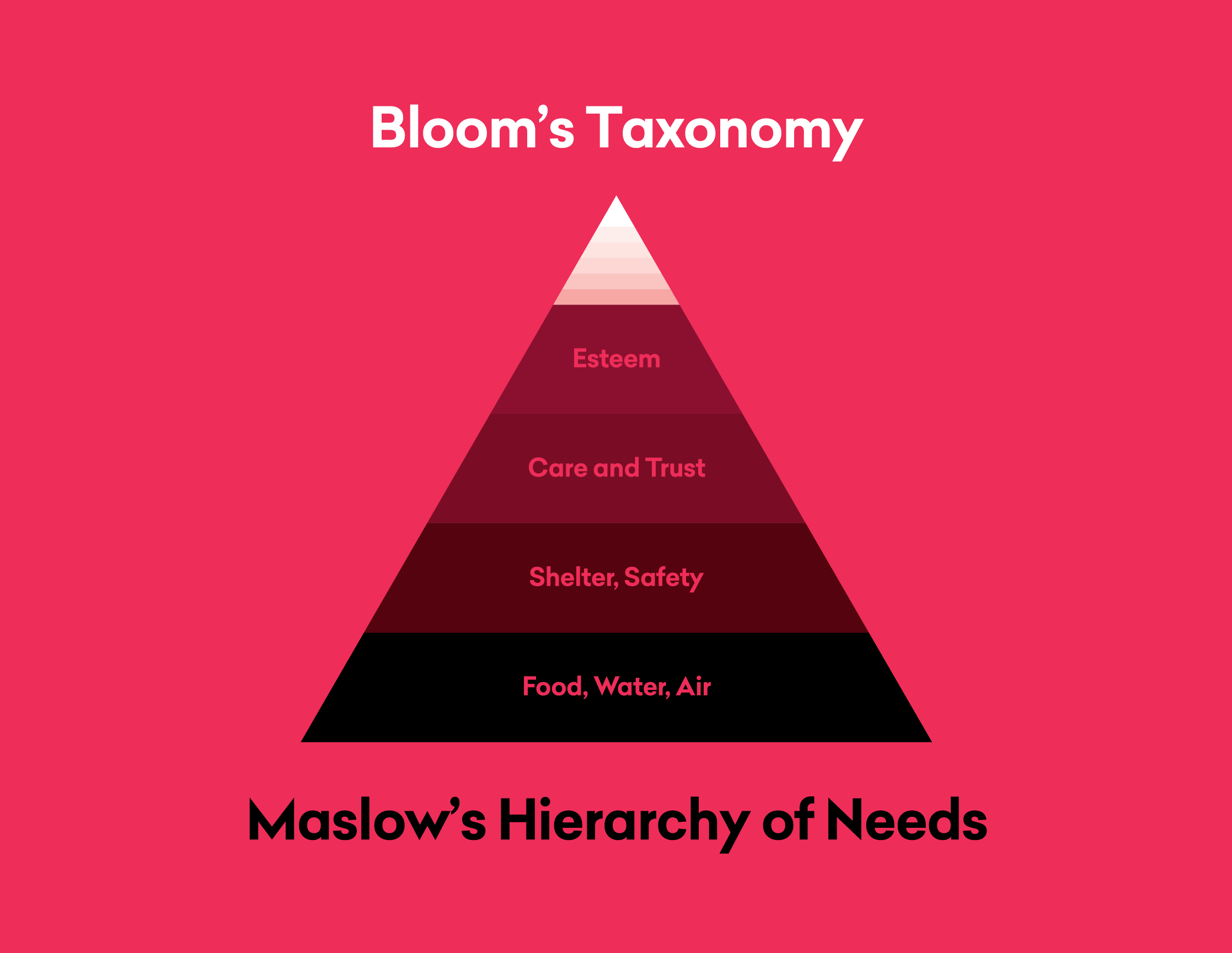Phew, it’s been a hectic year. Lots of work, and lots to reflect on. I haven’t been writing enough. Must do better.
So, to add to Part 1, here are a few more notes toward Extraordinary Facility’s design principles. As usual, these are all thoughts in progress. They bubble up during projects, and some of them stick around long enough to be captured here. Maybe some day I’ll get to a more polished, clean-cut set.
Design for play, design as play

If you’re designing something to be played with, it helps to be playful when designing it. This seems like common sense, but it can be harder than it looks.
It takes discipline to avoid drifting toward the paths of Serious Design (problem-solving; aesthetics; innovation; provocation; the list goes on) and focus on fun. It can be hard to cost, can seem frivolous and self-indulgent, but if you want to create something worth playing with, I think it helps to treat every aspect of the work as an opportunity to be playful.
If you can generate smiles and laughs during the process of designing a plaything, you’re far likelier to get to an outcome that does the same. Design for play, design as play.
Maslow before Bloom
I often use Bloom’s Taxonomy of Learning as a design tool. Getting the basics right – say, helping someone remember and recall information – is usually the majority of the work.
But I also have a deeper responsibility. It’s my job to remember where and how learning relates to more fundamental human needs (hello Maslow).
If I’m tasked with designing something that sits mostly at Bloom’s level, I’ll also be looking for and challenging any assumptions we’re making at Maslow’s level which at best might contradict that, or at worst could be actively harmful. Putting learners (and players!) first, especially their safety and privacy, is core to the studio’s practice. So – Maslow before Bloom.
Everything is Material

I remember irritating my colleagues saying this a lot during weekly design reviews at Apple. It sounds more profound than it actually is. Mostly, it’s just a reminder of how the best work tends to happen.
Every single aspect of how this studio runs – from how I generate ideas, to how I engage with people – is a unique material. Each of these materials have properties and qualities that can be explored and shaped with care and attentiveness.
More often than not, a design process is only as good as the relationships surrounding it, so I find it’s worth paying as much attention to what makes someone tick as I do to things like color choice, an interaction detail, or the pacing of a presentation. If I treat all aspects of the work – all of these materials – with equal care, I’ve got a much better chance of helping people get great results. In other words, Everything is Material.

